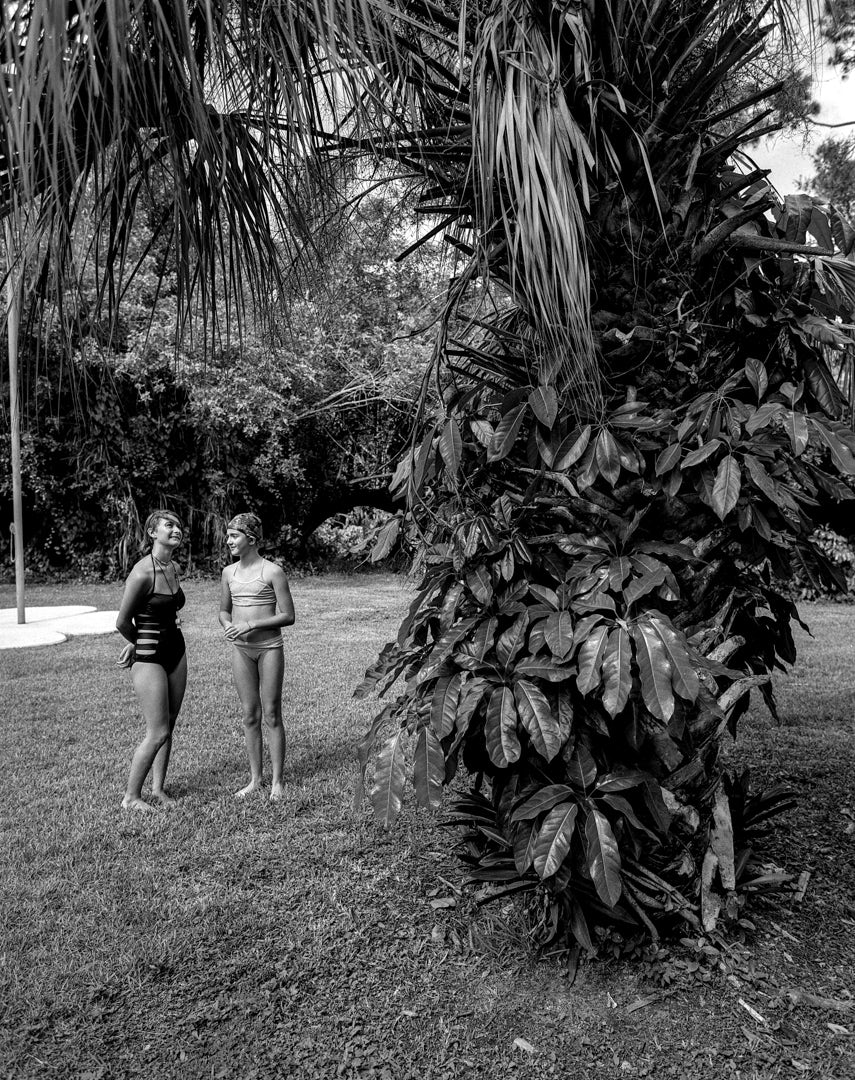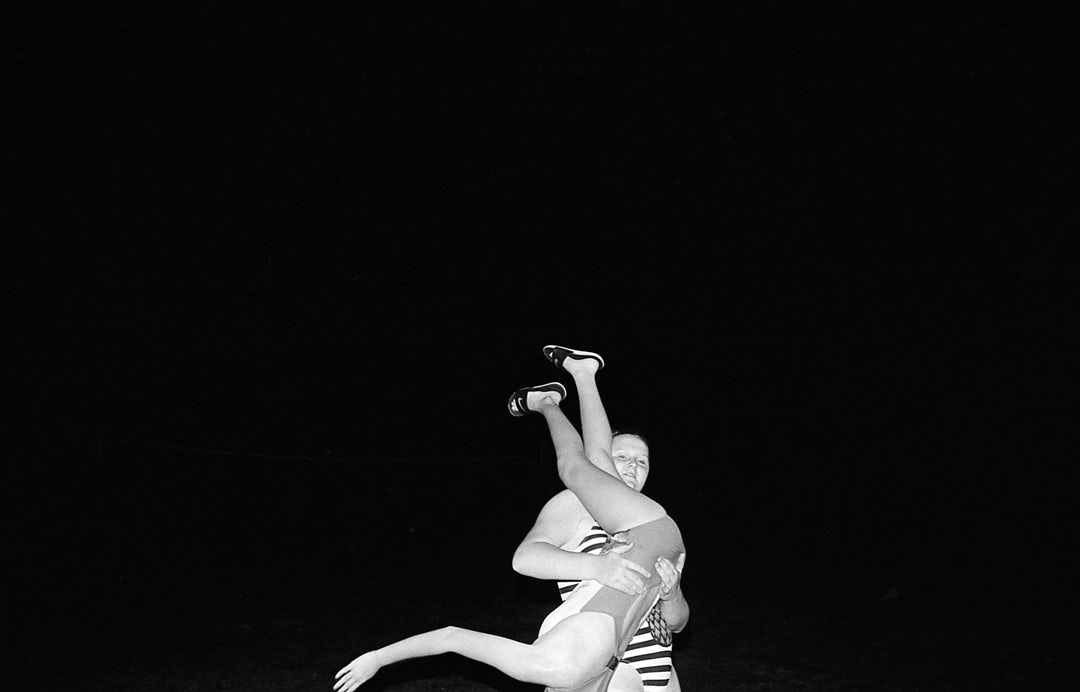Exposure: Dani Leal
Gem Fletcher profiles the photography of Dani Leal, whose work explores the changing politics of the USA via personal, thought-provoking projects that contain a nostalgic edge
In 2015, Carmen Winant wrote an essay for the art journal Carla exploring how athletic practice, much like an artist’s, is often flattened, and thought of as just training rather than the “thousands of hours spent repeating gruelling tests to build strength, skillfulness, and endurance”.
Winant argues that the stake of an artist’s life, like that of an athlete, is a timeless ritual of repetition. “Practice is the perennial state of being almost there, the great anti-climax,” she writes. “The artist [is] forever making, searching, rehearsing, and confronting impossible and often laborious problems.”
Like Winant – a competitive distance runner before she was an artist – Dani Leal played sport, in her case volleyball, from age 11 before a coach sabotaged her love for the game nine years later. Then, the pull towards a creative life in photography became increasingly necessary. “I was an athlete, first and foremost,” says Leal. “That was my path. Photography was this other thing I knew I was good at but never something that I thought about doing seriously.”

A trip to Cuba after college gave Leal the clarity to commit to image-making in a meaningful way. “I accidentally bought a black and white film instead of colour for the trip. Cuba is this bold, colourful place, but when I got the film back, I had a moment of realisation. It was the first time I had been moved by the work I made.”
Today, the Latinx imagemaker is based in New Orleans and uses her art practice to contemplate identity, memory and place. Leal’s inspiration isn’t rooted in a specific theme or source but comes from the connective tissue born from her lived experience.
Each body of work revolves around a deep or long-term relationship in which she revisits particular people and places multiple times over a series of years. This commitment to searching and making is the beating heart of her work, all laddering to her mission to understand herself, storytelling and the world at large better.
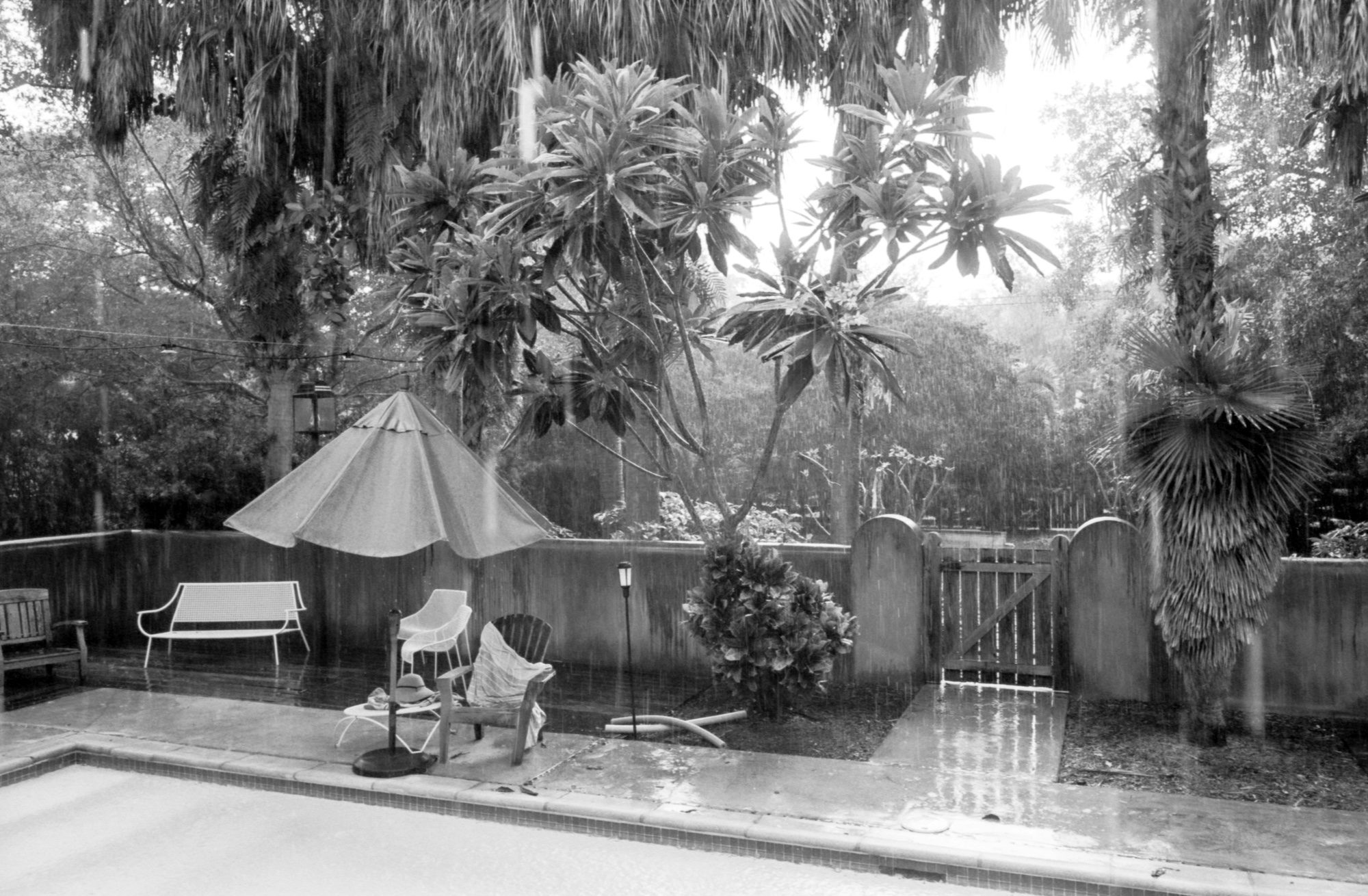
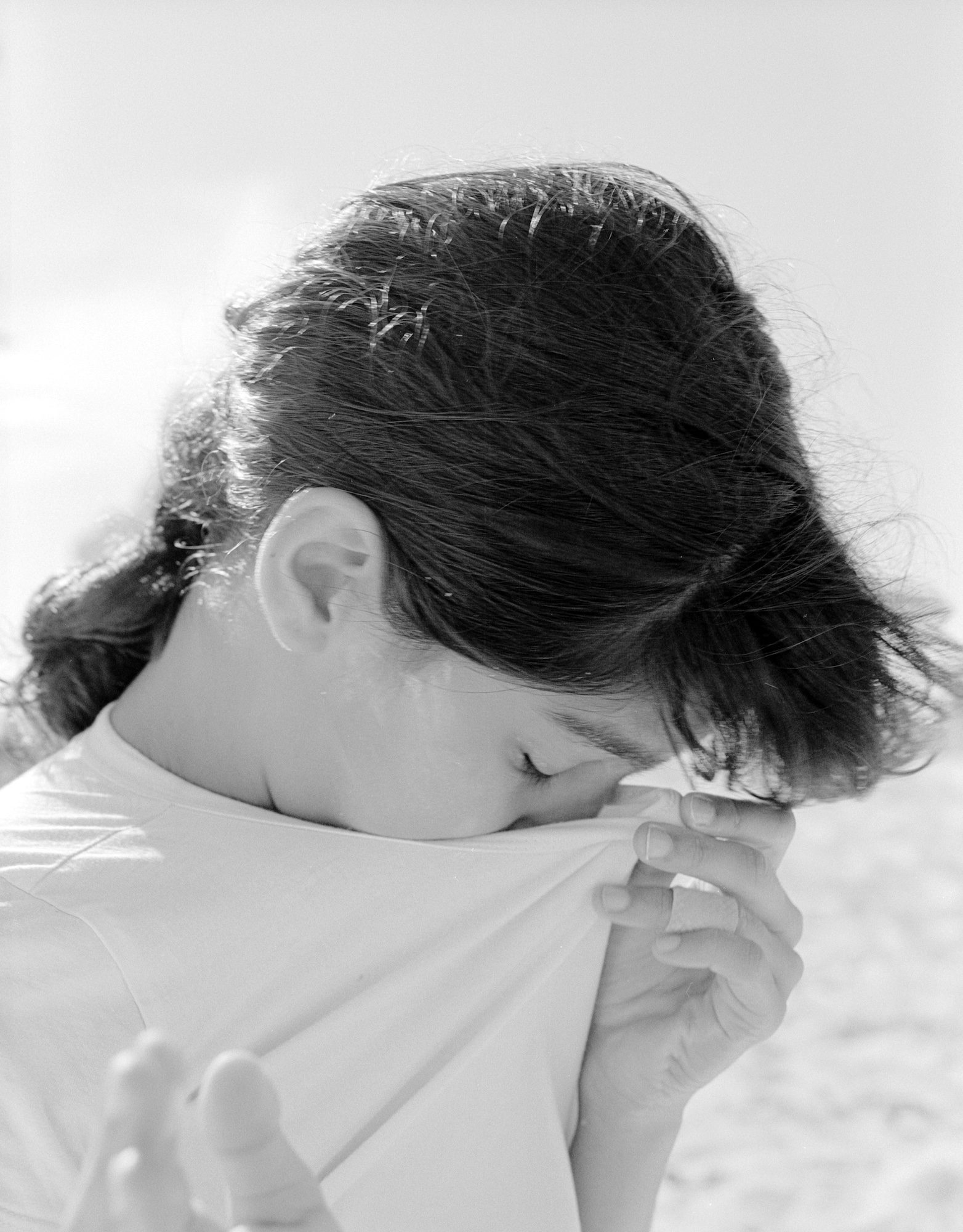
Leal, like many self-taught artists, had a scrappy path into the industry, relying on the support of friends and the community to refine her technical skills. “I just started hitting up everyone I knew who had access to a dark room,” she recalls. “I was hungry to learn how to develop and print my work.”
While Leal now works in colour, her monochromatic work has captured the industry’s attention. “At first, shooting black and white was a limitation. I was trying to save money and be self-sufficient, as well as wanting to play an active role in my work. While I’ve flirted with colour, I always return to the source. What started from a limitation has grown into my strongest asset.”
Every time I go home, I’m learning it again and trying to find meaning. I’m trying to understand where I came from and the places that formed me
In her project Mixed Message, Leal returns to Miami to reacquaint herself with a city she called home for the first 18 years of her life. Throughout the body of work, she lenses family members, homes and places around the city that hold a personal significance. The images are active tableaux, quietly capturing the interpersonal dynamics of her family. Nothing feels posed or set up.
Instead, the level of intimacy she captures feels unpretentious, quietly penetrating and startling in its transparency. In 2018, when she began taking pictures with her family, she didn’t think about it as artwork but instead simply “journeying through life”. Over time, as she fell deeper into the process, it began to define her vision as an artist.

“Every time I go home, I’m learning it again and trying to find meaning,” Leal explains about the ongoing project. “I’m trying to understand where I came from and the places that formed me. When I left the city for New Orleans, it stemmed from a place of rejection. Miami always felt like a superficial city obsessed with wealth and external presentation. Now I return fascinated by the city, the people, and the culture – all of which are heightened due to its changing politics.”
Another standout project is Little House, in which Leal spent a week in a girl scout summer camp she attended in South Miami for seven years as a child. Here, she offers a glimpse into a sacred world, capturing girlhood’s sublime simplicity and feral grace.
Through sensitive captures of girls in the community, we witness the eternal struggle between dependence and the quest for autonomy. “I wanted to go back and reconcile my memory of that time and I was shocked by how little had changed since I first attended when I was six,” explains Leal. “It was like a time capsule.”
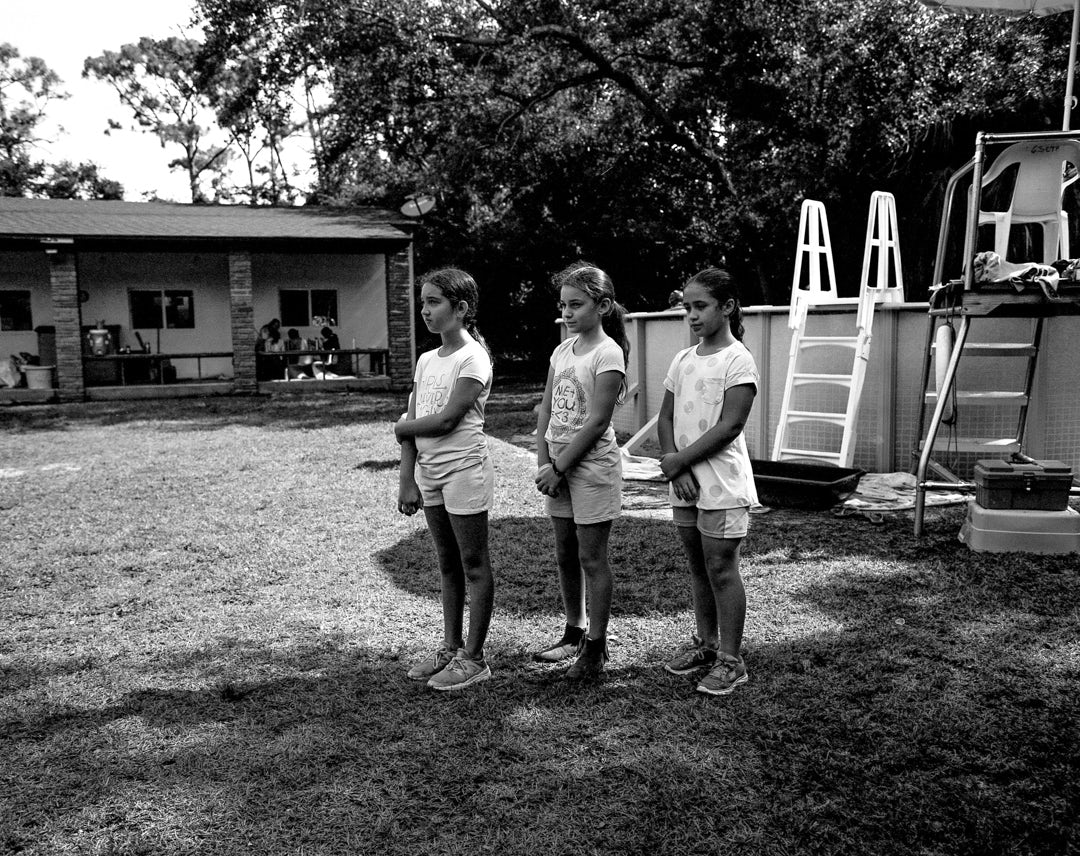

It’s not just personal history and a fascination with interpersonal dynamics that drew the artist to the project, she is also interested in the unique land the camp occupies. “Typically, a plot like this would be developed into housing, but the girl scout camp somehow held on for years,” she explains.
“From the outside, it looks like a little forest, a square block of jungle and grass. While the structure of the camp is exactly the same, the politics in the country are continually changing. When I made the work, Trump was in his first term and sexism was on the rise. In many ways, visiting camp felt like this idyllic slice of life, where the girls could be free.”
While on the surface projects like Little House and Mixed Message may feel nostalgic, Leal’s approach is more invested in the politics of looking, offering quiet yet striking pictures which reward the viewer’s attention by unravelling complex ideas that speak to what it means to be alive.
